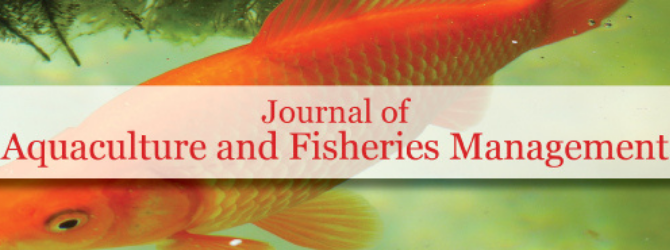
Sign up for email alert when new content gets added: Sign up
The leather jackets (Balistidae) commonly known as trigger fish are reef associated fish. Its fishery constitutes as by catch and majorly discarded due to its poor economic value by the fisher folks. But during the 2019 fishing calendar, West coast of India has witnessed an unprecedented swarm of trigger fish. Uttara Kannada is maritime district of coastal Karnataka along the west coast of India with coastline of 150 km. This coast is branded as Mackerel and Sardine basket, as these are commercially important species generating revenue.. In recent trigger fish catch replaced these planktonivorous fishes impacting the income resources. The present study is carried out in view of bulk trigger fish landings across this coast with an objective of bionomics study. Random fish sampling were carried out from September to November 2019 from the fish landing centers across the Uttara Kannada. The catch is represented by Odonus niger and Sufflamen fraenatum, of which former species in abundance. The total length in the sample varied from 13 cm to 30 cm and the body weight ranged from 45 to 125 g. The gut content consist of zooplanktons with numerous copepods and sponge spicules. Average of 990 Tons of trigger fish landings were reported from this coast and used for fishmeal manufacture. Hence a suitable processing methods may facilitate the market value of this fish in future. Based on the gut contents it may be attributed that the swarm of trigger fish may be associated with upwelling and downwelling phenomenon of the Arabian Sea, as it influence the primary productivity and these fish forms large schools to feed on zooplanktons. Sandfish is one of the most widely cultured sea cucumber species in the Indo Pacific regions. Unfortunately, most of the sandfish farmer relies almost entirely on the wild seeds. For sustainable aquaculture, seed production at the hatchery is necessary to ensure a continuous supply of seeds for farming as well as for wild stock restoration. This program that involved environmental survey, breeding and ranching were initiated through the organizational structure of the local community in the northern tip of Borneo.